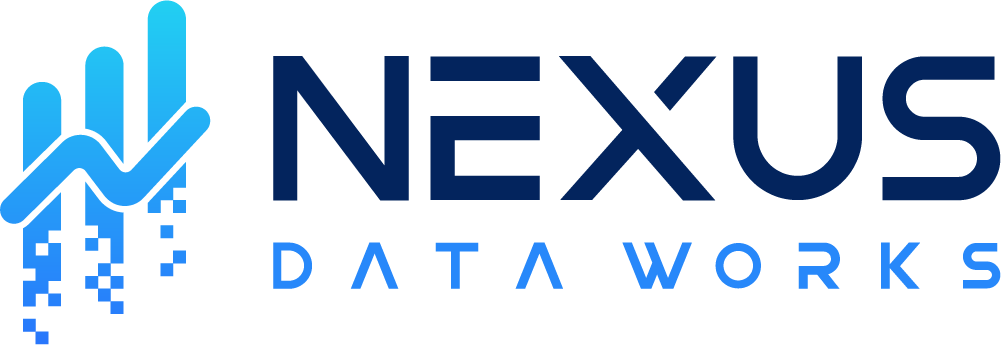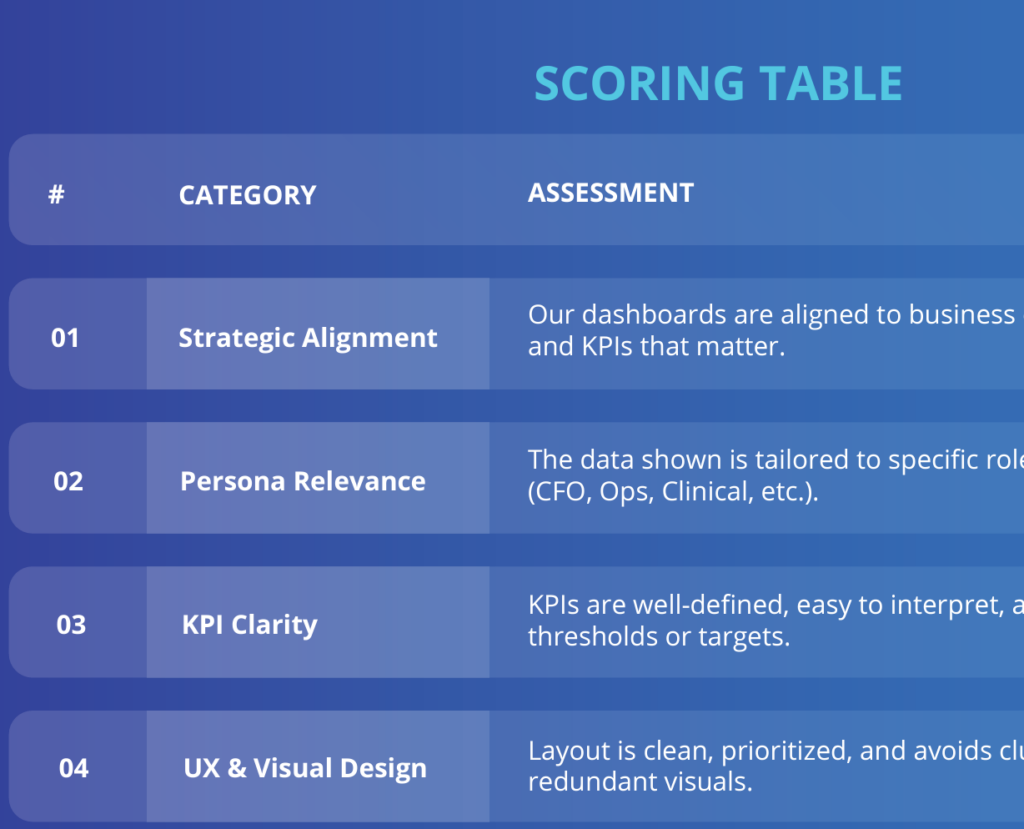Introduction: Why Power BI Is a Game-Changer for COOs
In today’s high-stakes financial environment, Chief Operating Officers (COOs) must deliver fast, data-driven decisions while keeping costs down and performance high. That’s why an increasing number of COOs are turning to Power BI consulting for finance to drive operational excellence. Microsoft Power BI provides real-time analytics and executive-level dashboards that can transform how financial leaders manage performance, risk, compliance, and costs.
Streamlining Financial Reporting with Power BI
Traditional financial reporting relies on manual spreadsheet wrangling. Power BI automates data integration across sales, expenses, and customer data to create unified dashboards. COOs gain real-time access to KPIs, enabling faster, more informed decisions.
Use Case: A regional bank used Power BI to consolidate 14 disconnected reports into a single interactive dashboard, reducing reporting time by 70%.
🔗 See how Microsoft recommends structuring your finance dashboards
Boosting Customer Satisfaction Through Analytics
Power BI helps COOs analyze customer behavior across all touchpoints—digital, in-branch, call center—to optimize services and satisfaction. Dashboards surface trends in customer churn, service delays, and NPS changes.
Example Insight: By tracking feedback trends, one institution optimized its mobile app UX, improving satisfaction scores by 23% in 6 months.
Driving Cost Optimization
Power BI enables COOs to track detailed cost drivers, spot inefficiencies, and benchmark across locations. For instance, dashboards can reveal high utility costs per branch, helping prioritize energy-saving investments.
Success Story: A mid-size credit union reduced operational expenses by 20% after using Power BI to identify inefficiencies in utilities and staffing allocation.
Managing Risk & Ensuring Compliance
Risk and compliance are mission-critical. Power BI offers real-time visibility into key risk indicators: credit, operational, regulatory, and cybersecurity. It helps COOs proactively manage risk exposure and prepare for audits.
Quick Tip: Use Power BI’s row-level security to restrict sensitive data by department or role.
Building a Data-Driven Culture
Power BI isn’t just a tool — it’s a cultural shift. Democratizing data access empowers every team member to make faster, better decisions. Through interactive reports and custom dashboards, COOs can foster a culture of ownership and performance.
What Sets Our Power BI Consulting Apart
At Nexus Data Works, we specialize in Power BI consulting for finance. Our approach isn’t just technical — it’s strategic.
Here’s what you can expect:
- Strategic BI alignment workshops with your exec team
- Customized Power BI dashboards tailored to KPIs that matter
- Full data integration from multiple internal systems
- Cloud or on-premise data warehousing setup
- Onboarding & training to drive user adoption
Ready to Optimize Your Operations with Power BI?
Your competitors are already leveraging data. If you’re a COO in the financial industry ready to move beyond reports and into real-time, intelligent decision-making, let’s talk.
🔗Download our FREE Power BI Dashboard Scorecard





